...
Categories
Chart
Bar
Pie
Table
Sitemap
Swot Analysis
Area
Flowchart
Line
Map
Column
Organizational
Venn Diagram
Card
Wedding
Baby
Easter
Anniversary
Graduation
Greeting
Congratulations
Thank You
Valentines Day
Birthday
Halloween
Mothers Day
Thanksgiving
Fathers Day
Invitation
Business
New Year
Christmas
Halloween
Fathers Day
Baby Shower
Christening
Mothers Day
Thanksgiving
Engagement
Graduation
Party
Easter
Anniversary
Poster
Birthday
Music
Travel
Movie
Animal & Pet
Party
Motivational
Environmental Protection
Industrial
Fashion & Beauty
Kids
Non-profit
Exhibition
Law & Politics
Art & Entertainment
Sale
Holiday & Event
Business
Coronavirus
Sports & Fitness
Search: {{local.search_error_key}}
Search: {{local.search_subcategory}} in {{local.search_category}}
Sorry, no matches found. Please try again with different words or browse through our most popular templates.

Preview
Customize
Product Release Process
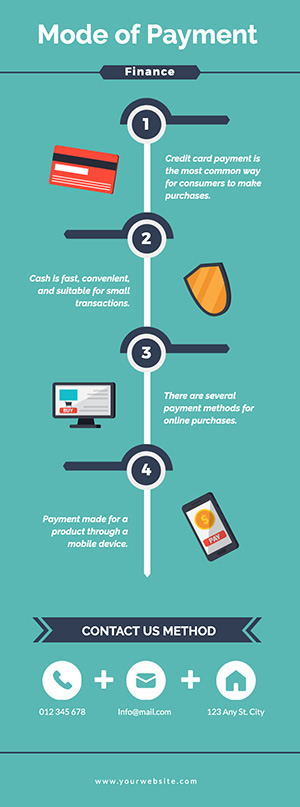
Preview
Customize
Payment Mode

Preview
Customize
Problem Resolution

Preview
Customize
Sustainable Development
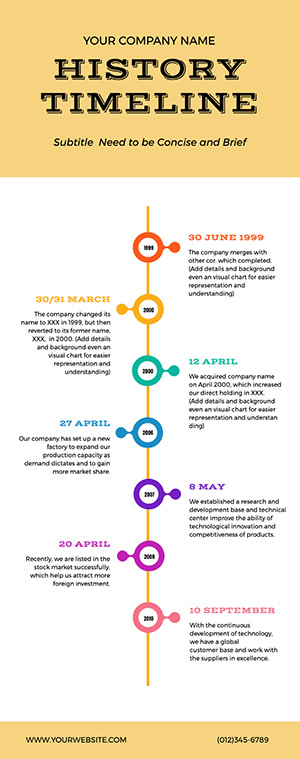
Preview
Customize
Company History Timeline

Preview
Customize
Real Estate Report

Preview
Customize
Future Smartphone

Preview
Customize
Event Planning

Preview
Customize
Work from Home

Preview
Customize
Marketing Plan

Preview
Customize
Business Plan

Preview
Customize
Medical Budget

Preview
Customize
Construction Project

Preview
Customize
Startup Cost
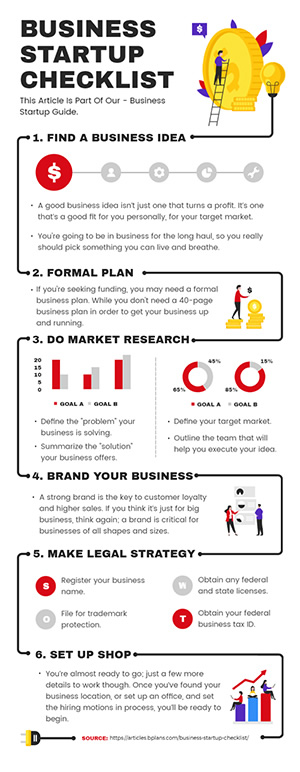
Preview
Customize
Business Startup Checklist

Preview
Customize
Employee Recruitment

Preview
Customize
Advertising Process

Preview
Customize
Social Media Marketing

Preview
Customize
Company Profile

Preview
Customize
Corporate Introduction

Preview
Customize
Successful Entrepreneur Tips

Preview
Customize
Small Business

Preview
Customize
Food Trend

Preview
Customize
Task Force Progress

Preview
Customize
Business Relationship
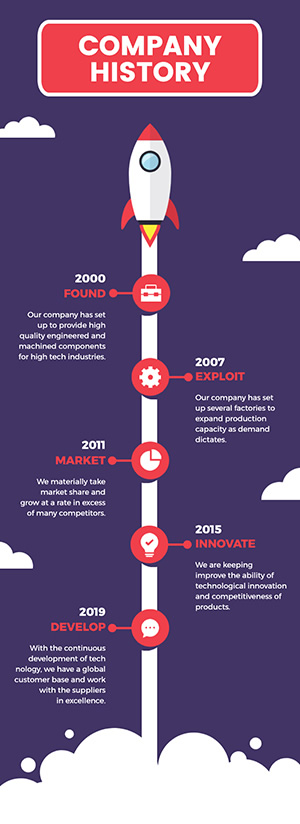
Preview
Customize
Company History

Preview
Customize
Video Marketing Statistics

Preview
Customize
Training Institution

Preview
Customize
Product Concept

Preview
Customize
Wedding Service
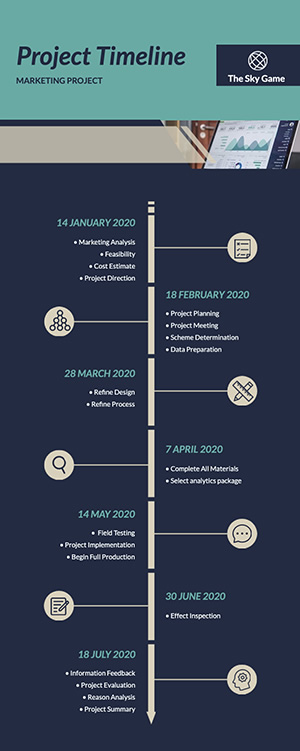
Preview
Customize
Project Timeline

Preview
Customize
Income and Expense

Preview
Customize
Laundry Service

Preview
Customize
Product Design Process

Preview
Customize
Dairy Company Survey Report

Preview
Customize
Real Estate Tips

Preview
Customize
Business Management Consult

Preview
Customize
Company Development

Preview
Customize
Teamwork Trait

Preview
Customize
Hair Salon Industry Analysis

Preview
Customize
Business Strategy

Preview
Customize
Fast Food Industry Analysis

Preview
Customize
Social Media Marketing

Preview
Customize
Email Marketing

Preview
Customize
Fashion Trend

Preview
Customize
Advertising Company

Preview
Customize
Highest Paying Jobs

Preview
Customize
Photography Studio Business
Cancel
Customize
